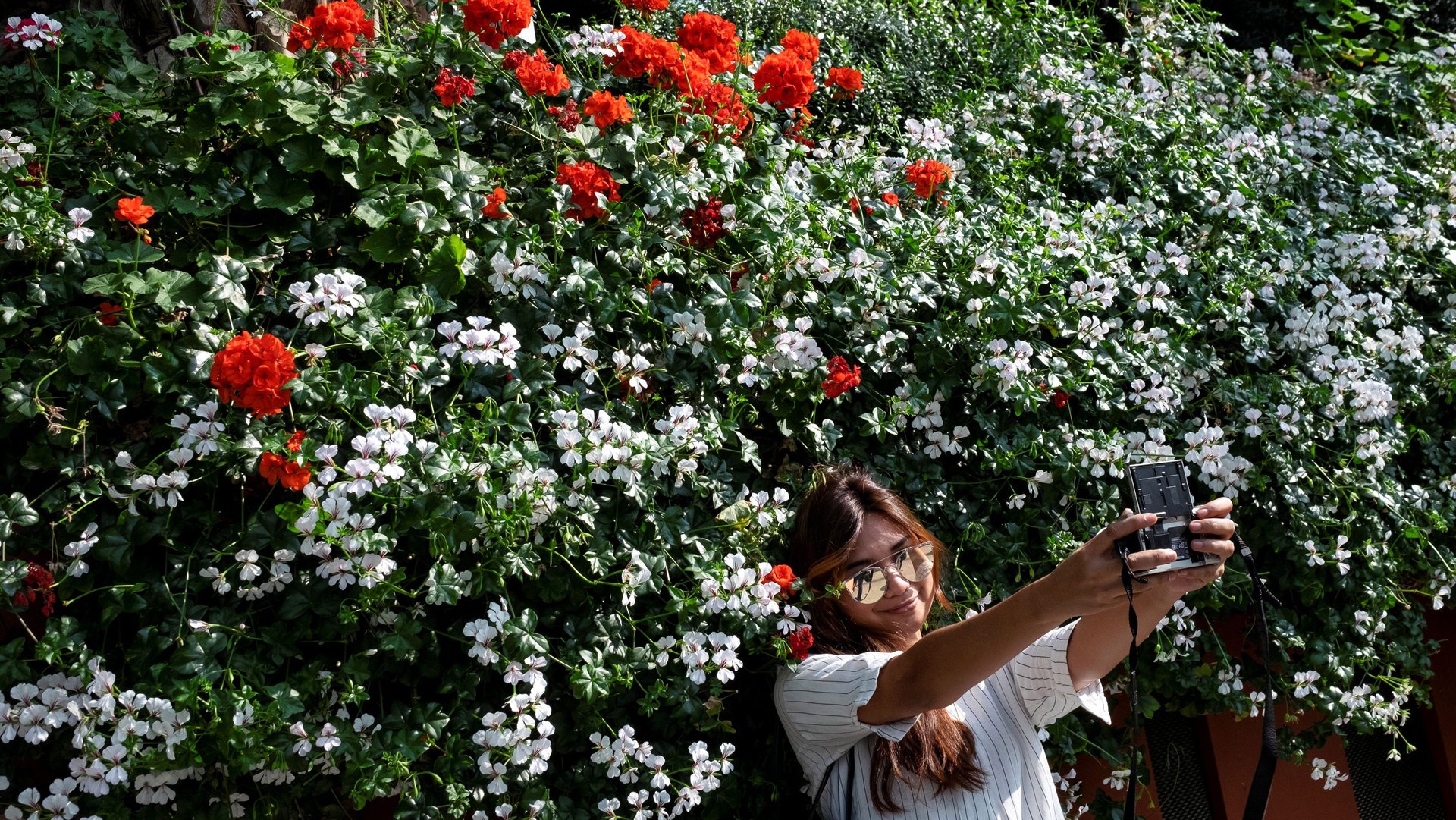All the ways in which Instagram has changed our lives
Instagram came into our lives nearly a decade ago. It didn’t barge in, it slowly crept, coloring our memories with its filters. But we soon realized it was taking over.


Instagram came into our lives nearly a decade ago. It didn’t barge in, it slowly crept, coloring our memories with its filters. But we soon realized it was taking over.
It was changing how we perceive the world, and even started shaping it. Today, you can find reams of articles that describe how it has transformed just about everything—from the obvious (like photography), to the very specific (eating rhubarb).
Of course, the headlines are often dramatic, and there’s plenty of exaggeration. And in most cases, there’s the nagging question of whether Instagram specifically possesses a transformational power, or whether a given phenomenon is just a function of the social media age?
Still, it’s clear that the app, which is widely seen as the future of Facebook, its parent company, has had a massive influence on the daily lives of its 1 billion users—whether that influence has been good or bad is another story. Instagram said last year that users under 25 spent an average of 32 minutes on the app per day.
Here’s a non-exhaustive list of things Instagram has changed, created, or killed over the years, according to the internet:
- Photography. Both the amateur and the professional kind. It also helped fuel the rise of selfie culture.
- Food. From the humble pie and the aforementioned rhubarb, to all things rainbow.
- The British tradition of afternoon tea. Some say it has saved the custom (paywall).
- Drinking alcohol. A cocktail has to be shareable content.
- Restaurant décor. Even pubs have fallen victim to the tyranny of the app.
- Travel. Instagram determines the destination, and the hotel you book.
- Experiencing art. Traditional museums have learned to heed the Instagram crowd, for better or for worse, while new ones—“museums,” often just in the name—pop up just to cater to it.
- Public spaces in general, including city streets and train stations.
- Perceiving nature. We’ve started to frame going outside as an “idealized aesthetic experience,” one scholar writes.
- Designing and marketing for clothes, shoes, lingerie, and jewelry. Also, shopping for them.
- Fashion shows, where elaborate “moments” are manufactured with Instagram in mind.
- Selling books. “Bookstagram” helps literature go viral.
- Reading poetry. Grammable poems are likely contributing to a boost in the genre’s popularity.
- Journaling. Planners are no longer messy sanctuaries meant for the consumption of one person—they’re an Instagram art form.
- Lifestyle blogging. The app has all but killed its more wholesome predecessor.
- Fitness. Instagram promotes workout motivation to the point of dangerous obsession.
- Birth control. Instagram is making fertility apps look glamorous and aspirational.
- Therapy. Instagram life-coaches invite you into their lives, turning the concept of therapy upside-down.
- Memory. Research shows that snapping a photo means remembering less of the moment.
- Generally experiencing life. Instagram Stories, which let you broadcast the most mundane moments of your day, amplify many of the app’s effects—both the pleasant and the harmful.